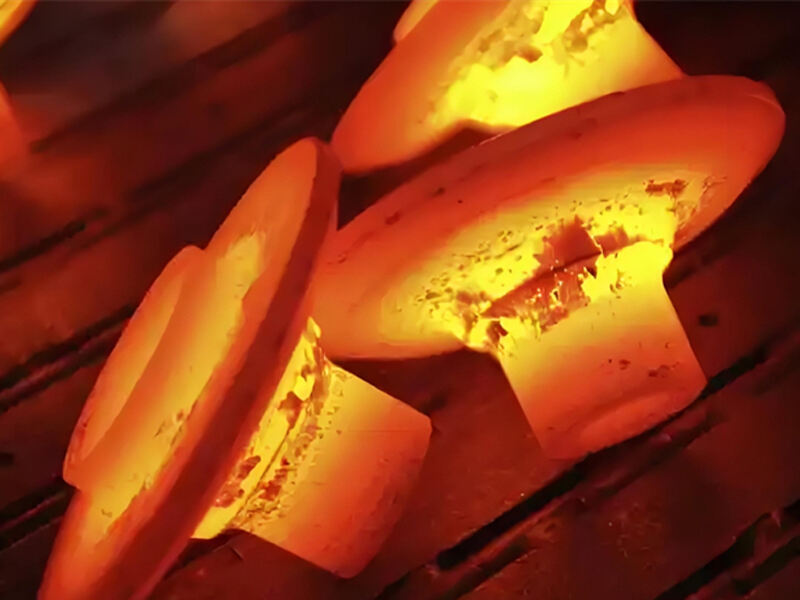Superalloys are high-performance materials engineered to withstand extreme temperatures, mechanical stress, and corrosive environments. Composed primarily of nickel, cobalt, and iron-based alloys, superalloys exhibit exceptional strength, oxidation resistance, and thermal stability, making them indispensable in critical industries. With increasing global demand for high-efficiency materials, superalloys are experiencing significant market growth. This article explores their composition, applications, and emerging industry trends.

Superalloys are categorized based on their primary metal component:
Nickel-Based Superalloys – The most widely used type, offering superior corrosion resistance and high-temperature performance. Common examples include Inconel, Hastelloy, and Rene alloys.
Cobalt-Based Superalloys – Known for excellent wear resistance and thermal stability, often used in gas turbines and medical implants.
Iron-Based Superalloys – A cost-effective alternative, providing moderate high-temperature resistance and mechanical strength.
These alloys are further enhanced by the addition of elements such as chromium, molybdenum, titanium, and aluminum, which improve oxidation resistance, creep strength, and overall durability.
Superalloys are essential in the aerospace sector, where high temperatures and mechanical stress demand advanced materials. Key applications include:
Jet Engines and Turbines – Used in turbine blades, combustion chambers, and exhaust systems due to their high-temperature strength.
Rocket Propulsion Systems – Essential for withstanding extreme heat and pressure in space exploration.
Military Aircraft and Defense Equipment – Providing enhanced durability and reliability in harsh operational conditions.
The energy sector relies heavily on superalloys for efficient power generation, particularly in:
Gas Turbines – Used in power plants for energy production, enhancing thermal efficiency and longevity.
Nuclear Reactors – Employed in reactor cores and heat exchangers due to their radiation resistance.
Renewable Energy Systems – Applied in concentrated solar power plants and geothermal energy components.
Superalloys are becoming increasingly important in high-performance automotive and industrial manufacturing:
Turbochargers and Exhaust Systems – Improving fuel efficiency and emission control in modern vehicles.
Advanced Manufacturing Equipment – Enhancing wear resistance and longevity in industrial cutting tools and machinery.
Chemical and Petrochemical Processing – Used in high-corrosion environments such as heat exchangers, reactors, and refinery equipment.
Due to their biocompatibility and corrosion resistance, superalloys are extensively used in:
Orthopedic Implants – Cobalt-based superalloys are used in joint replacements and bone plates.
Medical Devices – Employed in surgical instruments and dental implants for enhanced durability.
Prosthetics – Providing long-lasting and lightweight materials for artificial limbs.
The superalloy market is witnessing rapid growth, driven by increasing demand across multiple industries. Key trends include:
Advancements in Additive Manufacturing (3D Printing) – Enabling complex superalloy component production with reduced material waste and enhanced efficiency.
Increased Aerospace and Defense Investments – Rising global defense budgets and commercial aviation expansion are fueling demand for high-performance materials.
Sustainable and High-Performance Energy Solutions – The push for energy efficiency and clean energy technologies is boosting superalloy adoption in power generation.
Rising Demand in the Medical Sector – An aging population and technological advancements in healthcare are increasing the use of biocompatible superalloys.